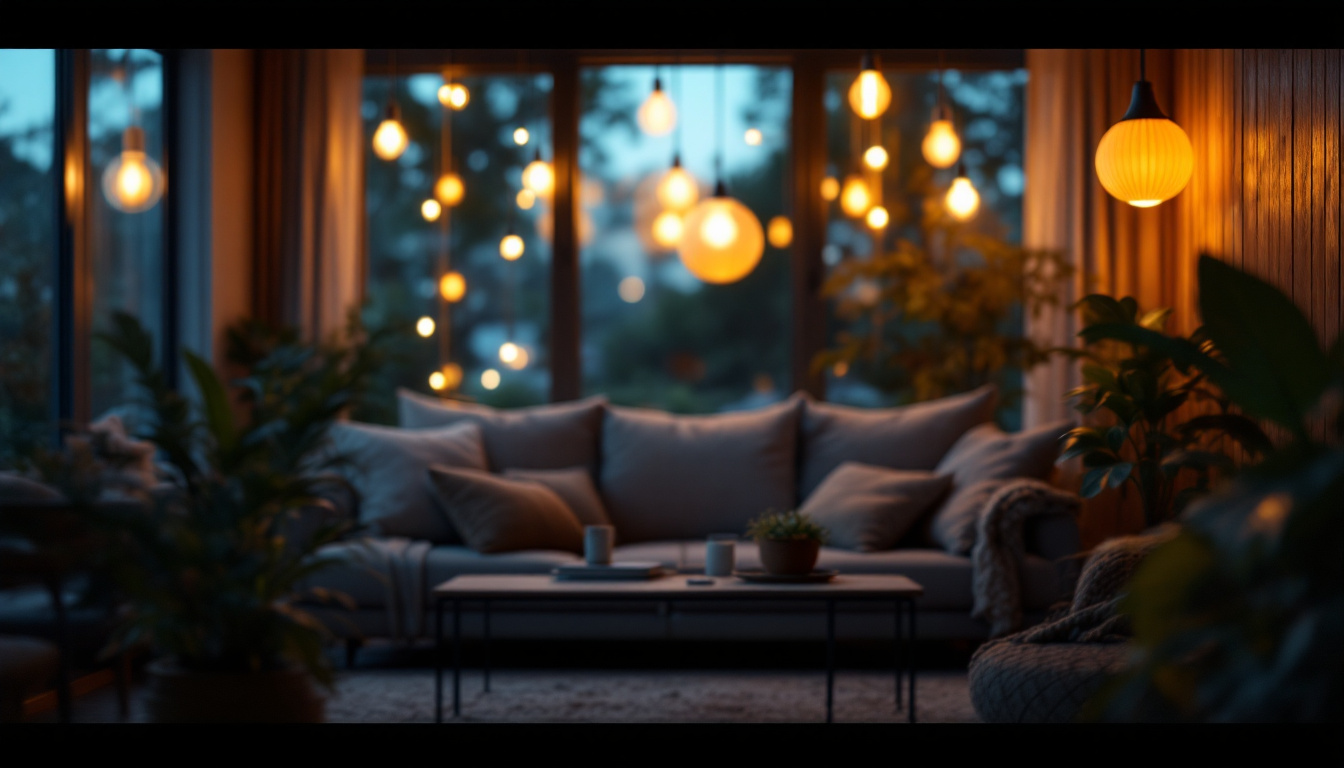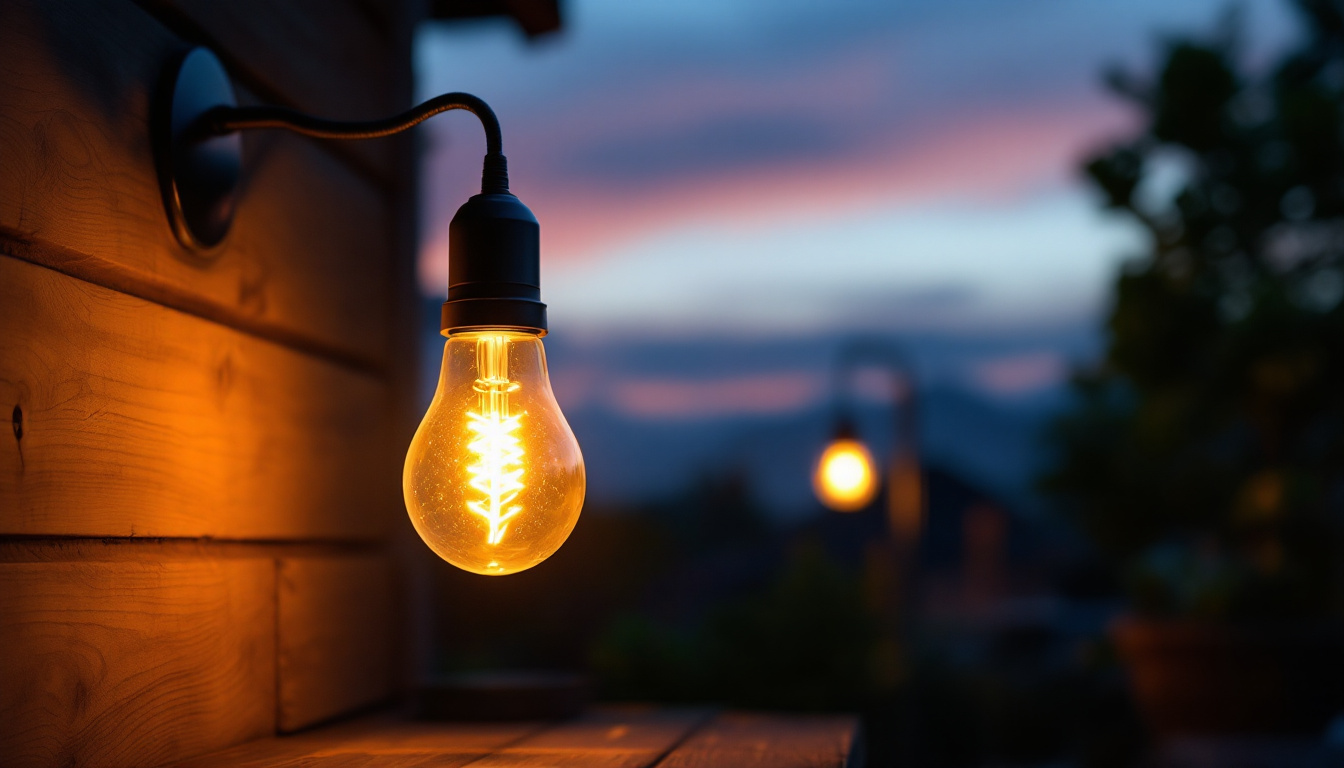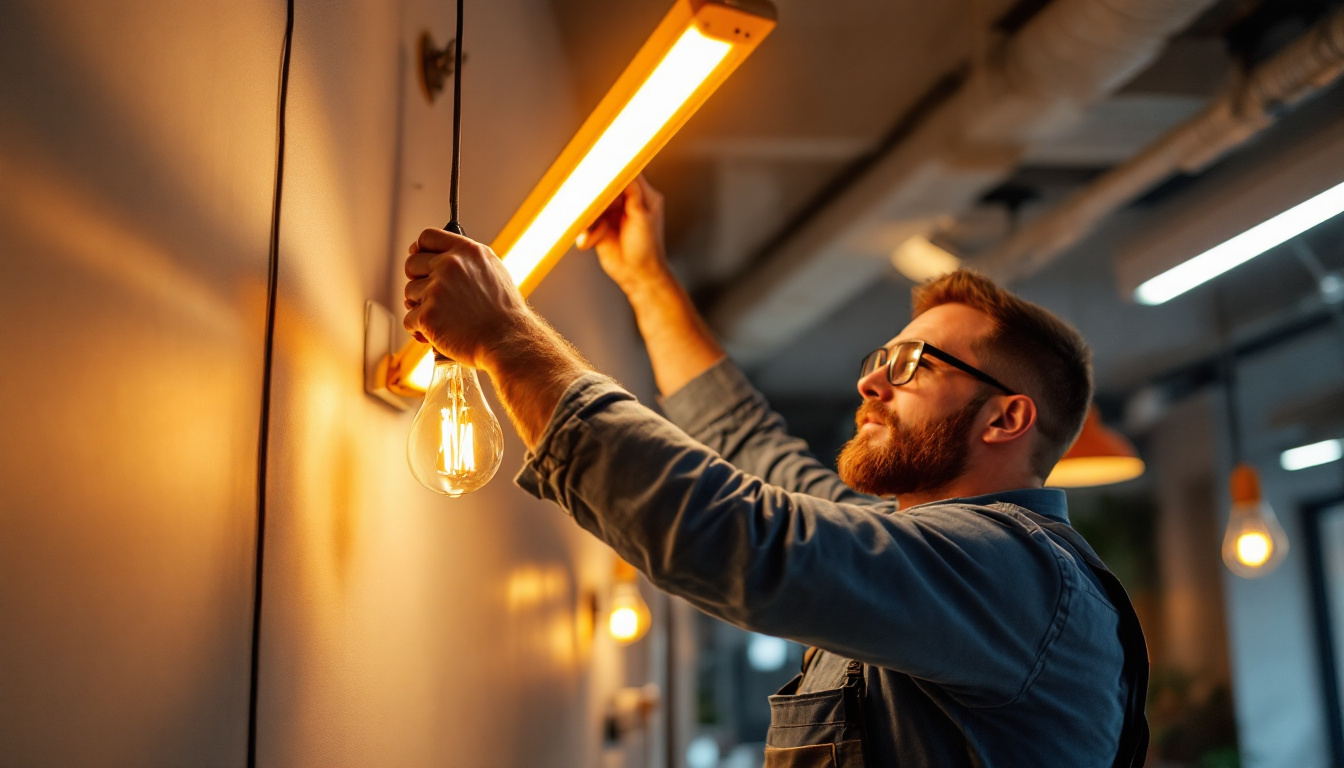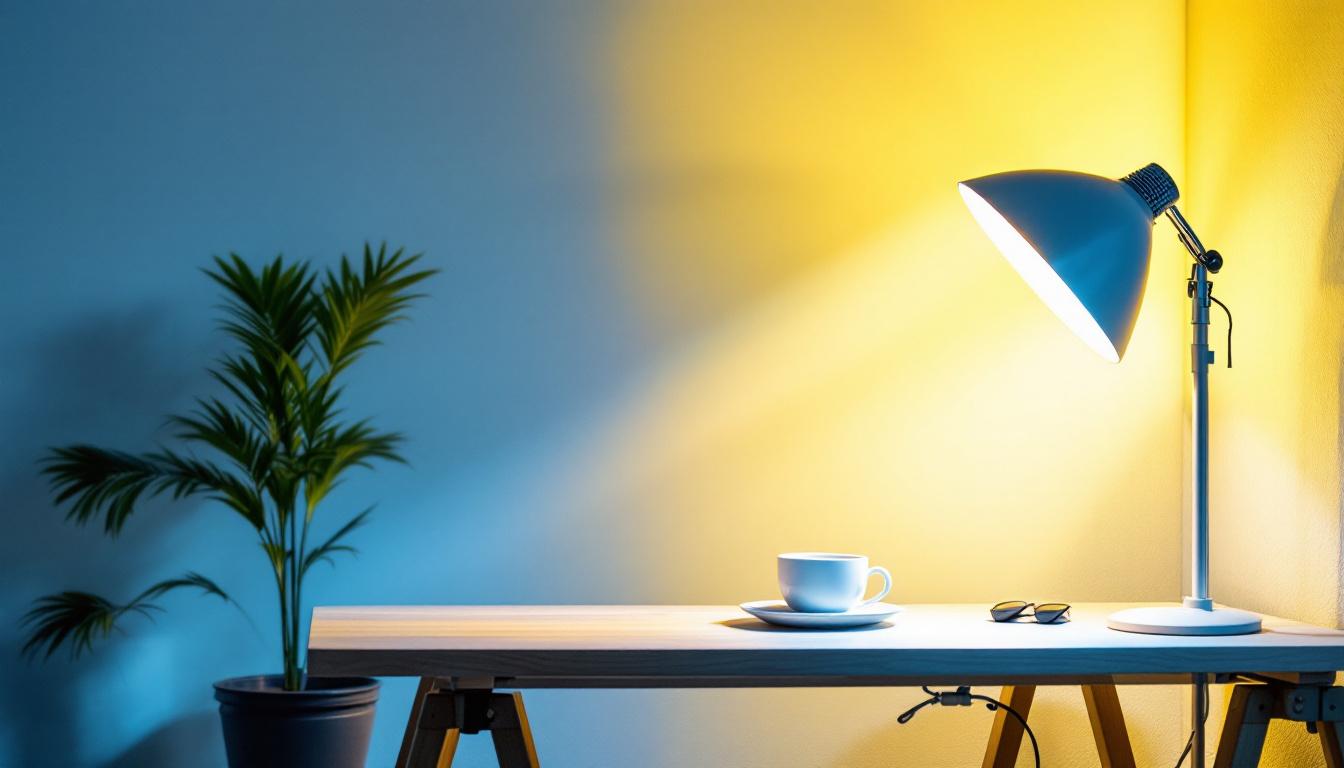
As the demand for sustainable and energy-efficient solutions continues to grow, solar light fixtures have emerged as a popular choice for both outdoor and indoor applications. For lighting contractors, understanding how to effectively integrate solar technology into indoor environments is crucial. However, there are common pitfalls that can lead to costly mistakes. This article aims to provide insights into how to avoid these errors when working on lighting projects involving solar light fixtures indoors.
Solar light fixtures are designed to harness sunlight and convert it into usable energy. While they are predominantly used outdoors, their application in indoor settings is gaining traction. These fixtures typically consist of solar panels, batteries, and LED lights. The key advantage of using solar fixtures indoors is their ability to reduce energy costs and provide a sustainable lighting solution. As technology advances, the efficiency of solar cells has improved dramatically, making them a viable option for various indoor applications, from residential homes to commercial spaces.
To effectively utilize solar light fixtures indoors, it is essential to understand their components. The solar panel collects sunlight and converts it into electrical energy. This energy is stored in batteries, which power the LED lights during the night or in low-light conditions. The efficiency of these components significantly impacts the overall performance of the fixtures. In addition to the basic components, many modern solar fixtures come equipped with smart technology, allowing users to control the lighting remotely or set timers for optimal energy use.
Moreover, the quality of the solar panels and batteries can vary widely. Selecting high-quality components is crucial to ensure longevity and reliability. Poor-quality materials can lead to decreased performance and increased maintenance costs over time. It’s also worth noting that advancements in battery technology, such as lithium-ion batteries, have improved energy storage capabilities, allowing for longer-lasting light even during cloudy days or in shaded areas. This innovation further enhances the practicality of solar fixtures in indoor environments.
Incorporating solar light fixtures indoors offers several benefits. Firstly, they contribute to energy savings by reducing reliance on traditional power sources. This is particularly advantageous in commercial settings where lighting costs can be substantial. Businesses can significantly lower their electricity bills, allowing them to allocate resources to other critical areas of operation. Furthermore, the installation of solar fixtures can qualify businesses for various green energy incentives and tax credits, adding to the financial benefits.
Additionally, solar fixtures promote sustainability, aligning with the growing trend towards eco-friendly practices. By using renewable energy, contractors can appeal to environmentally conscious clients, enhancing their marketability. The aesthetic versatility of solar fixtures also adds to their appeal; they come in various designs and styles, making them suitable for different interior decors. Whether it’s a sleek modern look or a more traditional design, solar fixtures can seamlessly integrate into any space while providing the added benefit of reducing carbon footprints. This combination of functionality and style makes solar light fixtures an increasingly popular choice for both residential and commercial applications.
While the benefits of solar light fixtures are evident, there are several common mistakes that contractors often make during the planning and installation phases. Recognizing these pitfalls can help avoid costly setbacks and ensure the success of the project.
One of the most significant errors is failing to conduct a thorough site assessment. Understanding the indoor environment is essential for determining the feasibility of solar light fixtures. Factors such as available sunlight, room size, and layout can impact the effectiveness of solar lighting.
For instance, rooms with limited natural light or heavy shading from trees or buildings may not be suitable for solar fixtures. Conducting a detailed analysis of sunlight exposure throughout the day can help identify the best locations for installation.
Choosing the wrong type of solar light fixture can lead to inadequate lighting and performance issues. Contractors must consider the specific needs of the indoor space, such as brightness levels, color temperature, and design aesthetics.
For example, a fixture designed for outdoor use may not provide the desired ambiance in a residential living room. Additionally, the wattage and lumen output should align with the intended use of the space. Understanding these requirements is crucial to ensure client satisfaction.
Battery capacity is a critical factor in the performance of solar light fixtures. Many contractors overlook the importance of selecting batteries with adequate capacity for the intended application. Insufficient battery power can lead to dim lighting or complete fixture failure.
It is essential to calculate the expected energy consumption of the fixtures and ensure that the batteries can support this demand. Additionally, consider the charging time and efficiency of the solar panels to ensure a reliable power supply.
To avoid costly mistakes and ensure the successful implementation of solar light fixtures indoors, contractors should adhere to best practices throughout the project lifecycle.
Before embarking on a solar lighting project, conducting thorough research is vital. Familiarize yourself with the latest advancements in solar technology and the various types of fixtures available. Understanding the strengths and weaknesses of different products will enable you to make informed decisions.
Additionally, stay updated on local regulations and incentives related to solar energy. Many regions offer tax credits or rebates for solar installations, which can significantly impact project costs and client satisfaction.
Effective communication with clients is essential for the success of any lighting project. Engage with clients to understand their specific needs and preferences. Discuss the benefits and limitations of solar light fixtures, and set realistic expectations regarding performance and maintenance.
Providing clients with a clear understanding of the installation process and potential challenges will foster trust and enhance the overall experience. Moreover, educating clients about the long-term benefits of solar lighting can lead to more informed decisions and increased satisfaction.
While solar light fixtures require less maintenance than traditional lighting, they are not entirely maintenance-free. Contractors should educate clients on the importance of regular maintenance, such as cleaning solar panels and checking battery health.
Incorporating a maintenance plan into the project can help ensure the longevity and performance of the fixtures. Providing clients with guidelines on how to care for their solar lighting system will enhance their experience and satisfaction.
Examining successful indoor solar lighting projects can provide valuable insights and inspiration for contractors. Here are a few notable examples that highlight effective practices and innovative solutions.
In a recent project for a commercial office space, contractors successfully integrated solar light fixtures into the design. By conducting a thorough site assessment, they identified areas with optimal sunlight exposure, allowing for effective placement of solar panels.
The team selected fixtures that complemented the modern aesthetic of the office while providing adequate illumination. As a result, the client reported significant energy savings and a positive impact on employee morale due to the enhanced lighting environment.
In a residential project, contractors faced the challenge of illuminating a living room with limited natural light. By selecting high-quality solar fixtures with adjustable brightness settings, they were able to create a warm and inviting atmosphere.
The fixtures were strategically placed to maximize exposure to available sunlight, ensuring reliable performance. The homeowner expressed satisfaction with the energy savings and the aesthetic appeal of the solar lighting solution.
The landscape of indoor solar lighting is continually evolving, with new technologies and trends emerging. Staying informed about these developments can help contractors remain competitive and offer cutting-edge solutions to clients.
One of the most exciting trends is the integration of smart technology into solar lighting systems. Smart solar fixtures can be controlled remotely, allowing users to adjust brightness levels, set schedules, and monitor energy consumption through mobile applications.
This technology not only enhances convenience but also improves energy efficiency by allowing users to optimize their lighting usage based on their specific needs. As smart home technology becomes increasingly popular, incorporating these features into solar lighting projects can attract tech-savvy clients.
Advancements in battery technology are also shaping the future of indoor solar lighting. Newer battery types, such as lithium-ion, offer higher energy density and longer lifespans compared to traditional lead-acid batteries. This improvement translates to better performance and reduced maintenance requirements for solar fixtures.
Contractors should keep an eye on these developments to ensure they are providing clients with the most efficient and reliable solutions available.
Integrating solar light fixtures into indoor spaces presents a unique opportunity for lighting contractors to offer sustainable and energy-efficient solutions. However, avoiding common mistakes is crucial for the success of these projects. By conducting thorough site assessments, selecting appropriate fixtures, and engaging with clients, contractors can enhance project outcomes and client satisfaction.
As the industry continues to evolve, staying informed about emerging trends and technologies will enable contractors to remain competitive and provide innovative solutions. By embracing the potential of indoor solar lighting, contractors can contribute to a more sustainable future while meeting the needs of their clients.
Ready to elevate your lighting projects with the best in solar fixtures? At LumenWholesale, we provide contractors with the highest quality, spec-grade lighting products at prices that can’t be beaten. Our commitment to cutting out the middleman means you get the superior products you need at wholesale prices, with the added benefit of free shipping for hassle-free bulk purchases. Don’t compromise on quality or value—choose LumenWholesale for reliable, high-performance lighting that meets the highest industry standards. Wholesale Lighting at the Best Value is just a click away. Make the smart choice for your next project and join the sustainable lighting revolution today.

Discover the key factors that distinguish top lighting contractors in the installation of wall mount solar lights.

Discover how solar bulb lamps can revolutionize your lighting projects by enhancing efficiency and sustainability.

Discover how warm fluorescent light bulbs without ballasts are revolutionizing the lighting industry.

Discover the brilliance of 5000 Kelvin lamps and their role in energy-efficient lighting.